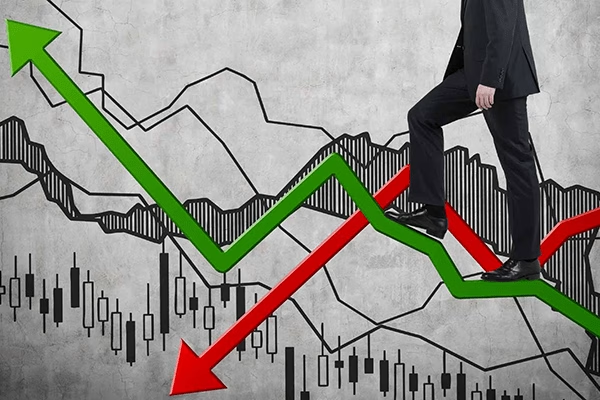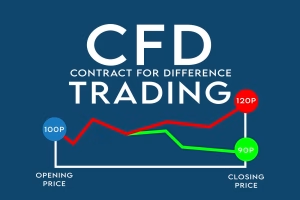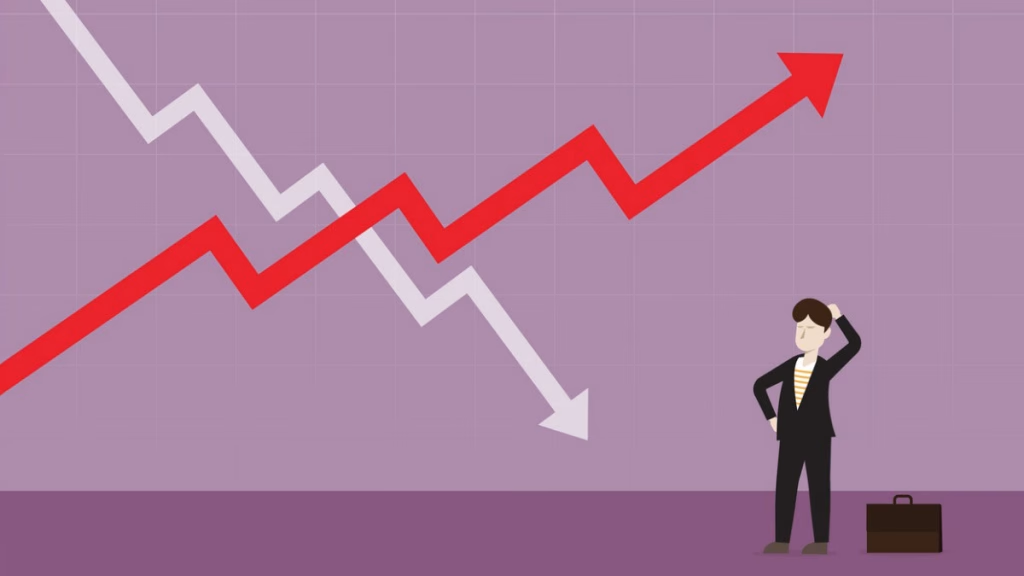Understanding Market Volatility, In the fast-paced world of trading, understanding market volatility is crucial for success. Traders frequently encounter fluctuations in price that can lead to both opportunities and risks. In this article, we will explore what market volatility is, its causes, how to measure it, and strategies traders can use to manage it effectively.

What is Market Volatility?
Market volatility refers to the extent of variation in the price of a financial asset over a certain period. High volatility indicates a significant price movement in a short time, while low volatility suggests steadier price movements. Volatility can be both a friend and a foe to traders, offering potential profit opportunities while also posing risks of significant losses.

Types of Market Volatility
- Historical Volatility (HV): This measures how much the price of an asset has fluctuated in the past. It’s calculated using historical price data over a specific period.
- Implied Volatility (IV): This is derived from the price of options and reflects the market’s expectations of future volatility. Higher IV often suggests that traders anticipate larger price swings in the future.

Causes of Market Volatility
Market volatility can arise from various factors, including:
- Economic Data Releases: Announcements related to unemployment rates, GDP growth, or inflation can heavily impact market sentiment, leading to increased volatility. For example, a better-than-expected job growth report may cause stock prices to surge.
- Geopolitical Events: Political instability, changes in government policies, or international conflicts can create uncertainty, resulting in market fluctuations.
- Market Sentiment: Trader psychology plays a significant role. Fear and greed can drive markets to behave erratically, causing periods of high volatility, especially during market sell-offs or rallies.
- Earnings Reports: Companies releasing their quarterly earnings results can lead to fluctuations in their stock price. Better-than-expectation earnings can drive prices up, while disappointing results may cause prices to drop sharply.
- Interest Rate Changes: Central banks changing interest rates can trigger volatility. An increase in rates often leads to a decrease in stock prices, while a decrease in rates typically has the opposite effect.
Measuring Market Volatility
Traders utilize various tools and indicators to assess market volatility. Here are some of the most reliable methods:
- The VIX Index: Often referred to as the “fear gauge,” the VIX measures market expectations of volatility based on options of the S&P 500 index. A higher VIX value indicates higher volatility in the market.
- For more information on the VIX, visit: CBOE VIX Index
- Standard Deviation: This statistical measure indicates the amount of variation or dispersion from the average. A higher standard deviation signifies higher volatility.
- Average True Range (ATR): The ATR measures market volatility by decomposing the entire range of an asset price for a specific period. Traders use ATR to identify potential price movements and entry/exit points.
- For a deeper dive into how to use ATR, check out this guide: Average True Range (ATR) Explained.
Effects of Market Volatility on Trading
Understanding market volatility is essential for developing effective trading strategies. Here are some effects and implications traders should consider:
- Increased Risk: High volatility often leads to large price swings. While this creates opportunities for profit, it also increases the risk of significant losses. Traders must have robust risk management strategies in place to mitigate this risk.
- Slippage and Execution Delays: During highly volatile periods, traders may experience slippage, where orders are executed at different prices than expected. This can negatively impact returns.
- Psychological Effects: Market volatility can lead to emotional trading decisions. Traders may act on fear or greed rather than following their strategies, which often leads to poor decision-making.
Strategies for Navigating Market Volatility
Traders can implement specific strategies to navigate volatility effectively:
- Use Stop-Loss Orders: Implementing stop-loss orders helps to protect against significant losses during volatile periods by automatically selling an asset when it reaches a predetermined price.
- Position Sizing: Adjust your position size based on volatility. In highly volatile markets, consider reducing your position size to mitigate risk.
- Diversification: Diversifying your portfolio can help reduce exposure to volatility in a specific asset. By holding a mix of asset types, you can minimize risks associated with sudden price movements in any one investment.
- Embrace Options Trading: Options can be a valuable tool to manage risk in volatile markets. Traders can use strategies such as straddles or strangles to profit from significant price movements in either direction.
- Stay Informed: Keeping abreast of economic news and events is essential. Utilize financial news websites and platforms like Reuters and Bloomberg to stay updated on market conditions that may influence volatility.
Resources for Understanding Market Volatility
- Investopedia: This site offers a wealth of articles on trading strategies and concepts. Visit: Investopedia Volatility Resources for more insights.
- Yahoo Finance: For real-time stock prices and historical data, you can utilize Yahoo Finance: Yahoo Finance.
Conclusion
Understanding market volatility is a crucial component of successful trading. With the right knowledge and strategies, traders can leverage volatility to their advantage while managing the inherent risks. Remember to keep an eye on economic indicators, utilize effective risk management techniques, and stay informed about market conditions.
For more trading strategies and insights, feel free to explore Trading Market Signals. By developing a comprehensive understanding of market volatility, traders can enhance their trading success and navigate the challenges that come with fluctuating markets.








